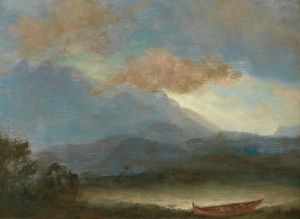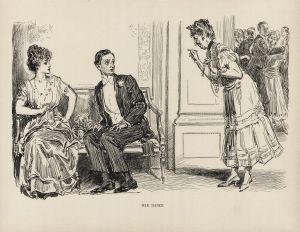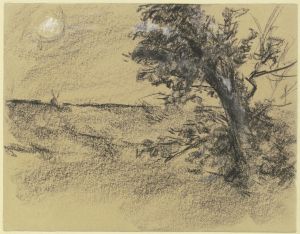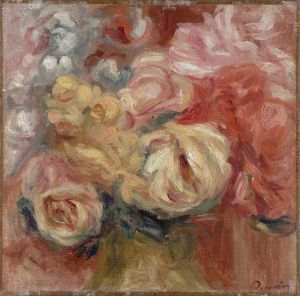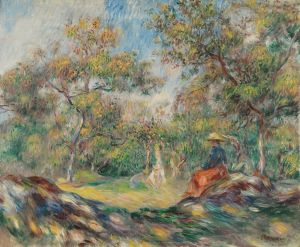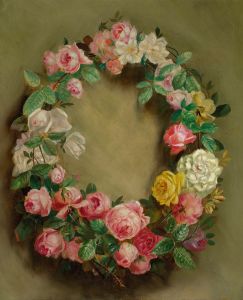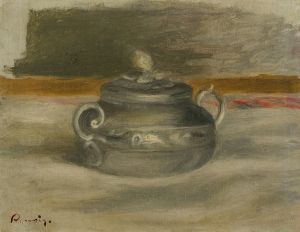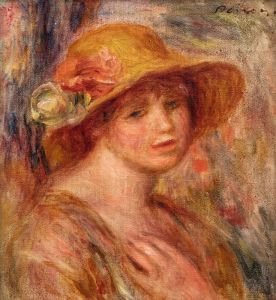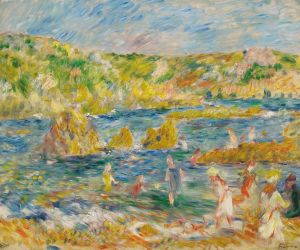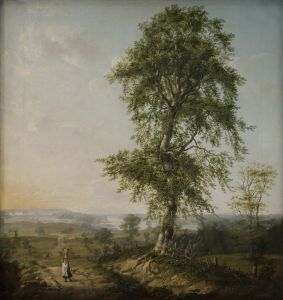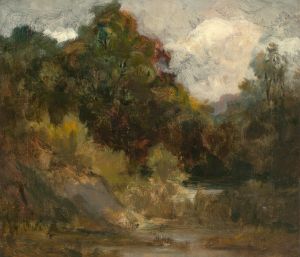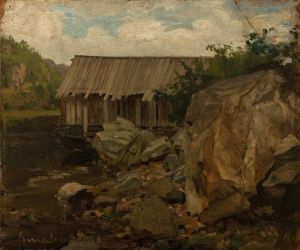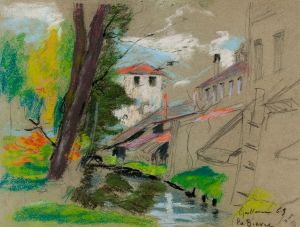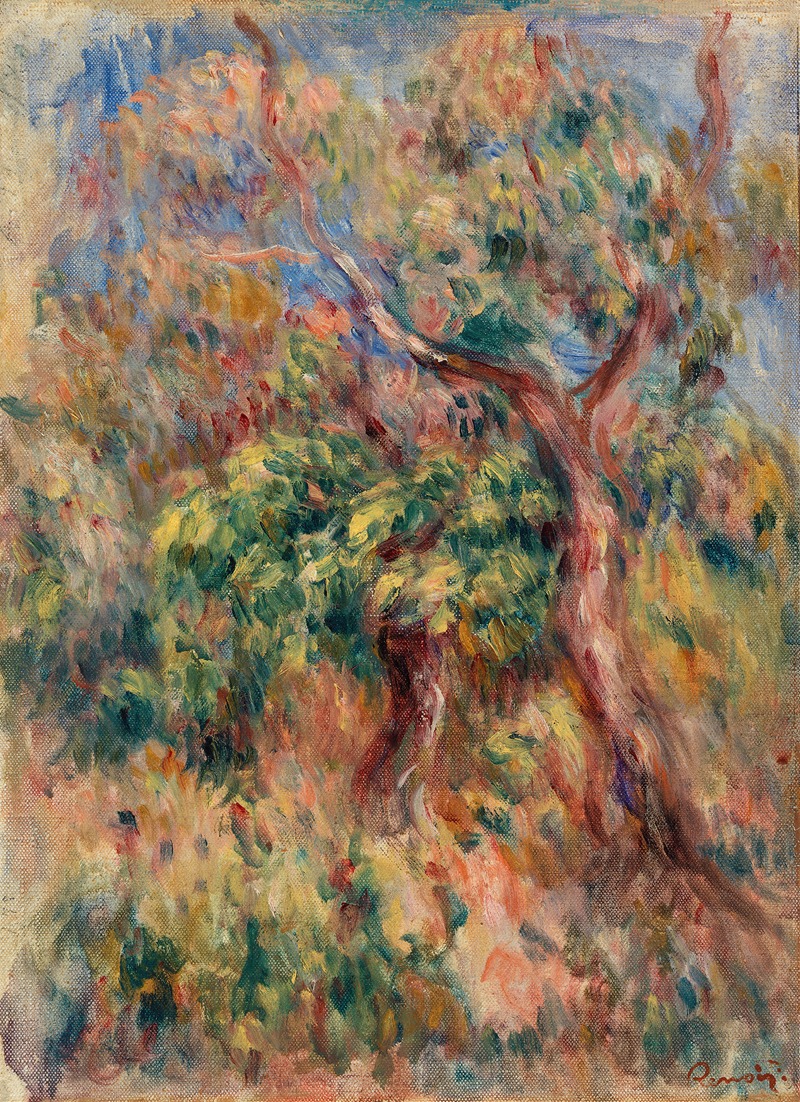
Landscape
A hand-painted replica of Pierre-Auguste Renoir’s masterpiece Landscape, meticulously crafted by professional artists to capture the true essence of the original. Each piece is created with museum-quality canvas and rare mineral pigments, carefully painted by experienced artists with delicate brushstrokes and rich, layered colors to perfectly recreate the texture of the original artwork. Unlike machine-printed reproductions, this hand-painted version brings the painting to life, infused with the artist’s emotions and skill in every stroke. Whether for personal collection or home decoration, it instantly elevates the artistic atmosphere of any space.
Pierre-Auguste Renoir, a prominent French artist and a leading figure in the Impressionist movement, is renowned for his vibrant light and saturated color, often focusing on people in intimate and candid compositions. While Renoir is best known for his depictions of bustling Parisian life and portraits, he also created numerous landscapes throughout his career. These landscapes reflect his evolving style and his interest in capturing the effects of light and atmosphere.
Renoir's landscapes are characterized by their vivid colors and loose brushwork, which convey a sense of spontaneity and movement. He often painted en plein air, a practice that was popular among Impressionists, allowing him to capture the changing light and natural beauty of the French countryside. His landscapes range from scenes of rural life to gardens and seascapes, each infused with his unique sense of color and light.
One of Renoir's notable approaches to landscape painting was his focus on the interplay of light and shadow. He was particularly interested in how light could transform a scene, creating a dynamic and ever-changing environment. This interest is evident in his use of color, where he often employed a palette of bright, luminous hues to depict the natural world. His brushwork in these paintings is typically loose and fluid, contributing to the overall sense of movement and life.
Renoir's landscapes often feature a harmonious balance between human figures and nature. Even when figures are present, they are seamlessly integrated into the landscape, suggesting a unity between people and their surroundings. This approach reflects Renoir's belief in the beauty of everyday life and his desire to capture the joy and tranquility found in nature.
Throughout his career, Renoir's style evolved, and this is reflected in his landscape paintings. In his early works, he adhered more closely to the Impressionist style, with its emphasis on capturing fleeting moments and the effects of light. However, as his career progressed, Renoir began to incorporate more classical elements into his work, focusing on form and structure while maintaining his vibrant use of color.
Renoir's landscapes are an essential part of his oeuvre, showcasing his ability to capture the beauty and vitality of the natural world. They offer insight into his artistic development and his enduring fascination with light, color, and the human experience. While specific details about individual landscape paintings by Renoir may vary, his overall contribution to the genre is significant, reflecting his mastery of both technique and emotion.
In summary, Pierre-Auguste Renoir's landscape paintings are a testament to his skill as an artist and his deep appreciation for the natural world. Through his innovative use of color and light, Renoir was able to convey the beauty and vibrancy of the landscapes he depicted, leaving a lasting impact on the art world and continuing to inspire viewers today.





